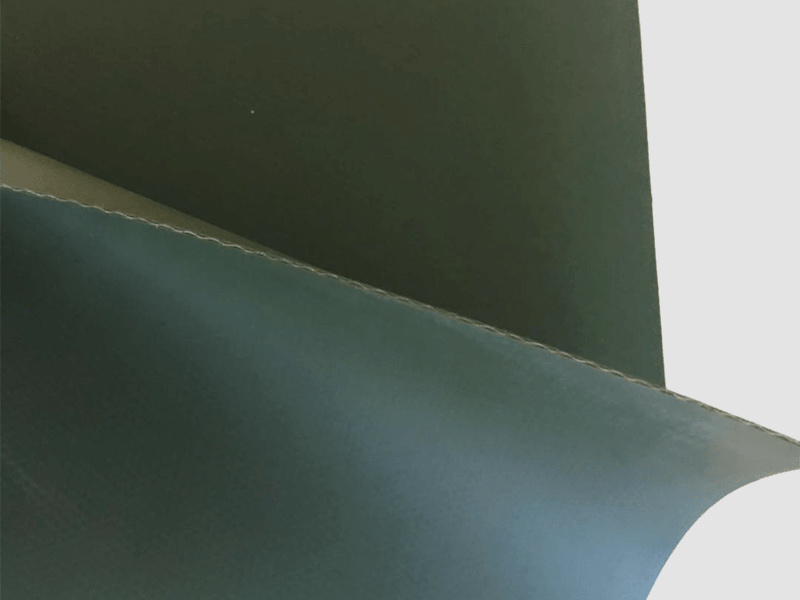TPU fabrics are often used to make multilayer composite materials due to their excellent elasticity, wear resistance and functionality. By combining the TPU layer with other substrates (such as polyester, nylon or cotton fabrics), a multilayer structure with specific functions can be formed. This composite technology not only improves the overall performance of the fabric, but also meets the needs of different application scenarios.
Basic principles of TPU composite technology
Bonding mechanism: As a thermoplastic elastomer, TPU can be softened by heating and form a physical or chemical bond with the substrate. Common composite methods include hot pressing, gluing and coating.
Interface bonding: The core of the composite technology is to ensure a strong bond between the TPU layer and the substrate while maintaining the original characteristics of each layer. For example, the TPU layer provides waterproof and breathable functions, while the substrate provides support and comfort.
Main composite methods and their characteristics
Hot pressing composite
Process: Place the TPU film between two layers of substrates, melt the TPU under high temperature and high pressure and tightly bond it to the substrate.
Advantages:
Strong bonding, suitable for mass production.
Pressure and temperature can be adjusted as needed to control the composite effect.
Application: Widely used in outdoor clothing (such as jackets), footwear and protective equipment.
Adhesive lamination
Process: Use special adhesives to bond TPU film to substrate.
Advantages:
Suitable for lamination of complex shapes or irregular surfaces.

There are various types of adhesives, and flexible or rigid bonding can be selected according to needs.
Disadvantages: Adhesives may increase costs and affect environmental protection.
Application: Commonly used in sportswear and medical protection products.
Coating lamination
Process: Liquid TPU is evenly coated on the surface of the substrate, and then cured by heating to form a film.
Advantages:
The film thickness is controllable and suitable for lightweight design.
The surface is smooth and can be further processed (such as printing or embossing).
Disadvantages: Low production efficiency, suitable for small batch customization.
Application: Widely used in high-end sportswear and fashion fabrics.
Functional design of multi-layer structure
Waterproof and breathable function
Implementation method: Add microporous structure or hydrophilic molecular chain segments to TPU film to prevent water penetration and allow moisture to escape.
Application: Outdoor clothing, tents and rain gear.
Antibacterial and deodorizing function
Implementation method: Add silver ions, zinc ions or other antibacterial agents to the TPU layer to kill bacteria and fungi by contact.
Application: Sportswear, footwear and medical protective clothing.
Warm and heat insulation function
Implementation method: Combine the TPU layer with an air layer or fiber filler to reduce heat loss by its low thermal conductivity.
Application: Winter clothing, sleeping bags and outdoor equipment.
Abrasion and tear resistance function
Implementation method: Add reinforcing fibers or polymer fillers to the TPU layer to improve the mechanical strength of the material.
Application: Industrial protective clothing, mountaineering bags and automotive interiors.
Smart response function
Implementation method: Introducing temperature-sensitive, moisture-sensitive or light-sensitive materials to enable TPU fabrics to dynamically adjust performance according to environmental conditions (such as adjusting breathability or color changes).
Application: High-end sportswear and wearable devices.
The composite technology of TPU fabrics realizes the functionalization of multi-layer structures by combining TPU layers with other substrates. Different composite methods (such as hot pressing, gluing and coating) can be flexibly selected according to needs, so as to meet various application scenarios such as waterproof and breathable, antibacterial and deodorizing, warm and heat insulation.


 English
English русский
русский Français
Français Español
Español




















